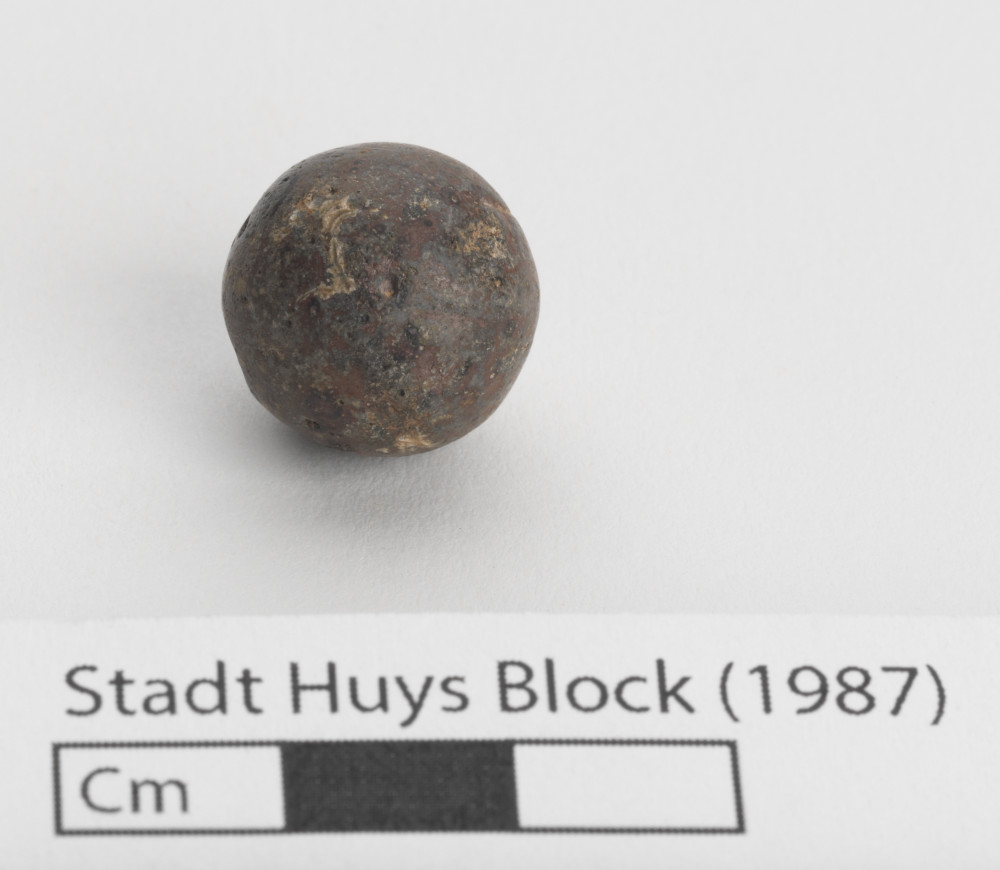Introduction: Lots 8, 9, and 15 are modern designations for adjacent parcels of land that were owned together and used as a single property until the early 1830's. Excavations produced important discoveries like that of the Colonial-era Lovelace Tavern, proving that significant archaeological resources could still exist in urban spaces. Project archaeologists were able to lobby for increased time and funds to continue their work on the strength of these finds, leading to additional discoveries. In all, the project provided considerable information about the history of New York City and its inhabitants from the 17th to the 20th centuries.
The tavern was constructed by the second English Governor of New York, Francis Lovelace, around 1670. Taverns were important spaces for colonial communities, serving as centralized meeting places that fulfilled important social, recreational, political, and economic functions. Lovelace Tavern became New York's temporary City Hall starting in the late-17th century after the Stadt Huys fell into disrepair and was demolished in 1706.
Rationale: Remains of the Lovelace Tavern were first encountered during the excavation of Test Cut AQ. Overall, archaeologists excavated 27 test cuts inside, adjacent to, or within the walls of the tavern, representing around fifty-percent of the total area. Test Cut BJ was a 3- by 5-foot unit placed within the interior of the 17th/18th century Lovelace Tavern. Notably, a Tavern deposit with the remnants of the wooden floor and Feature 15, a 17th-century posthole, were found during excavation. Intact archaeological deposits were mostly found in the eastern part of the test cut and not in the west, as that part had been impacted by the construction of the Lot 8/9 boundary wall in the 19th century.
Results: A 6-inch, circular stain of darker soil was found between 14- and 22-inches below excavation surface roughly in the center of the test cut. The stain was designated as Feature 15 and was determined to be a posthole similar to that found in nearby Test Cuts BF and BN (Feature 14). While the original purpose of the two postholes is unknown, their placement within the Lovelace Tavern footprint and proximity to each other is intriguing. The posthole contained limited artifacts, though some were datable to the 17th century. Archaeologists excavated the western half of the posthole in this level.
Lot 9, Test Cut BJ, Strata XIII, Level A
-
Collection method
Trowel, Screen (1/4-inch mesh). Arbitrary 4-inch Level.
-
Soil description
Gray-Green Silt



